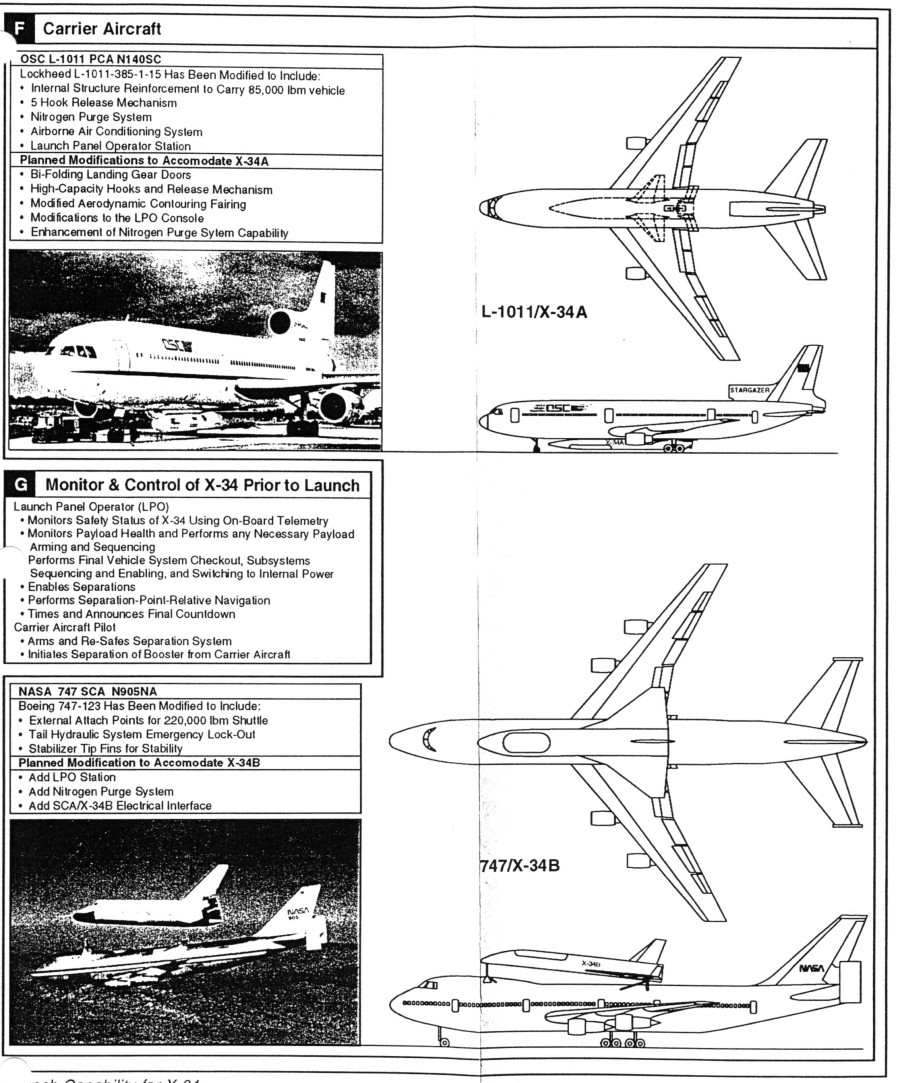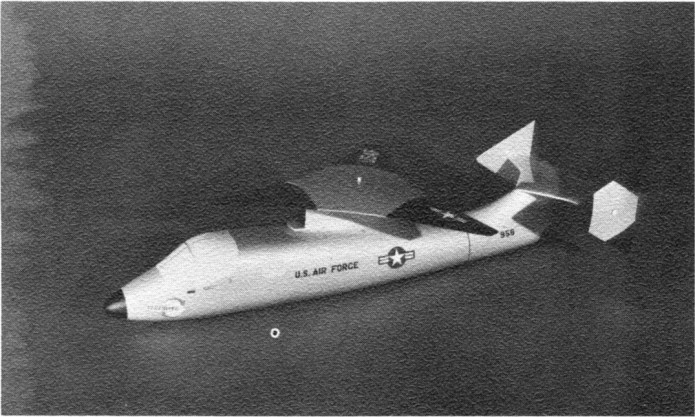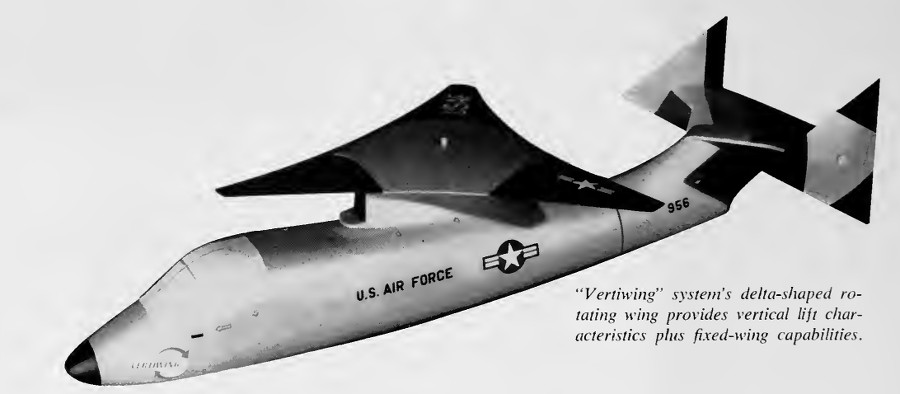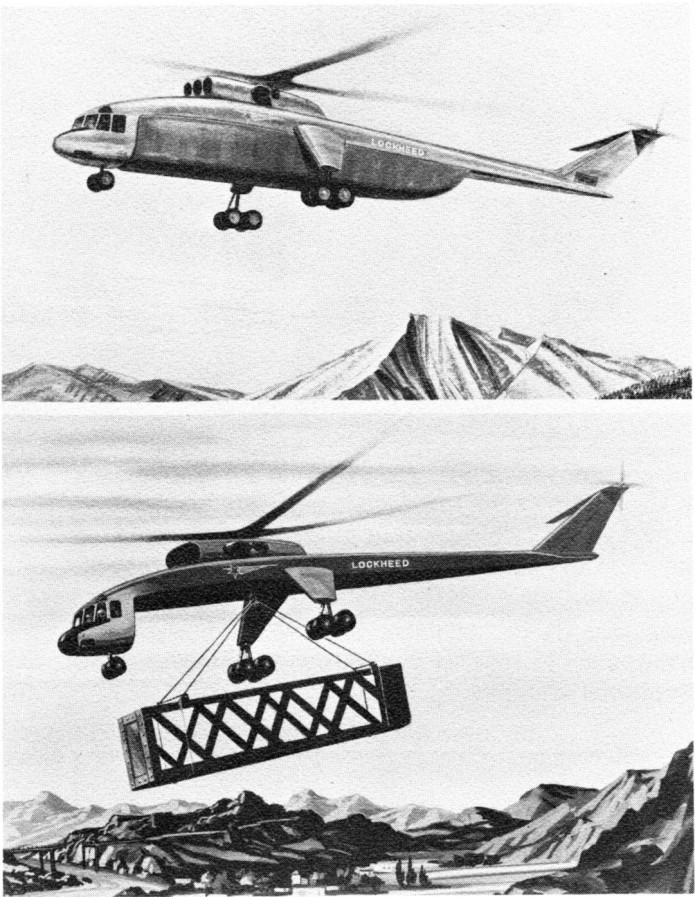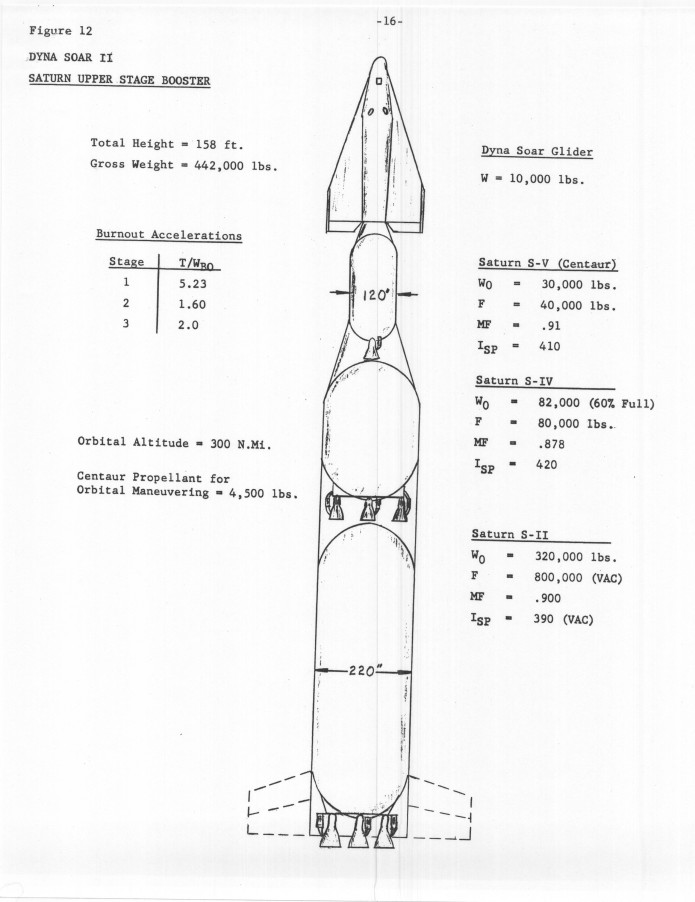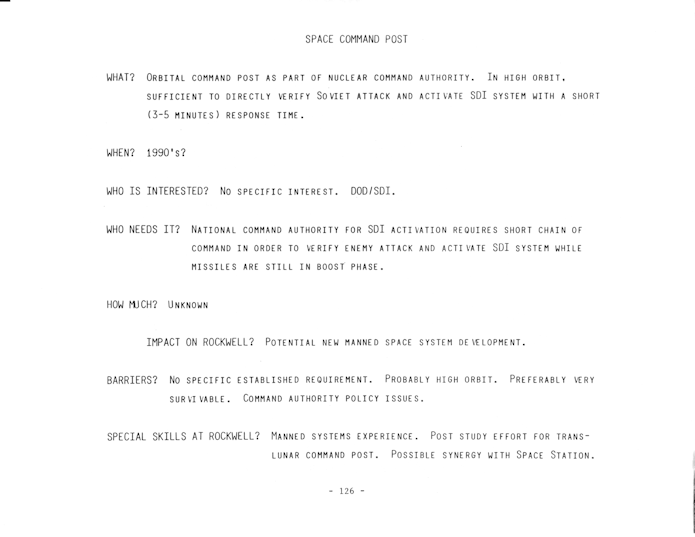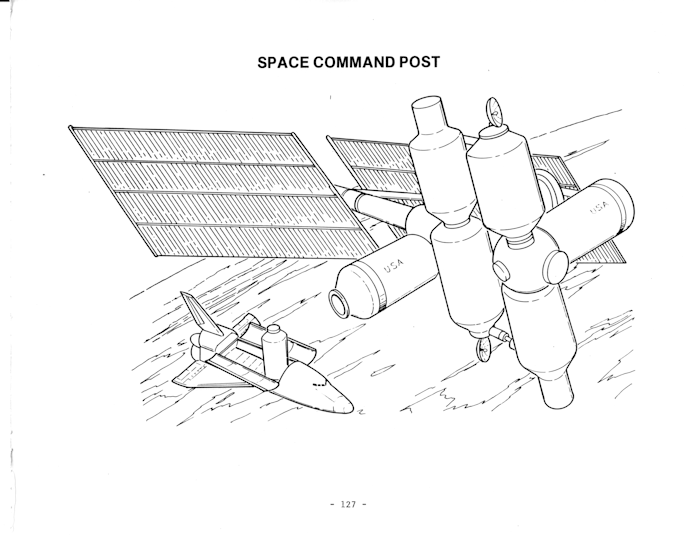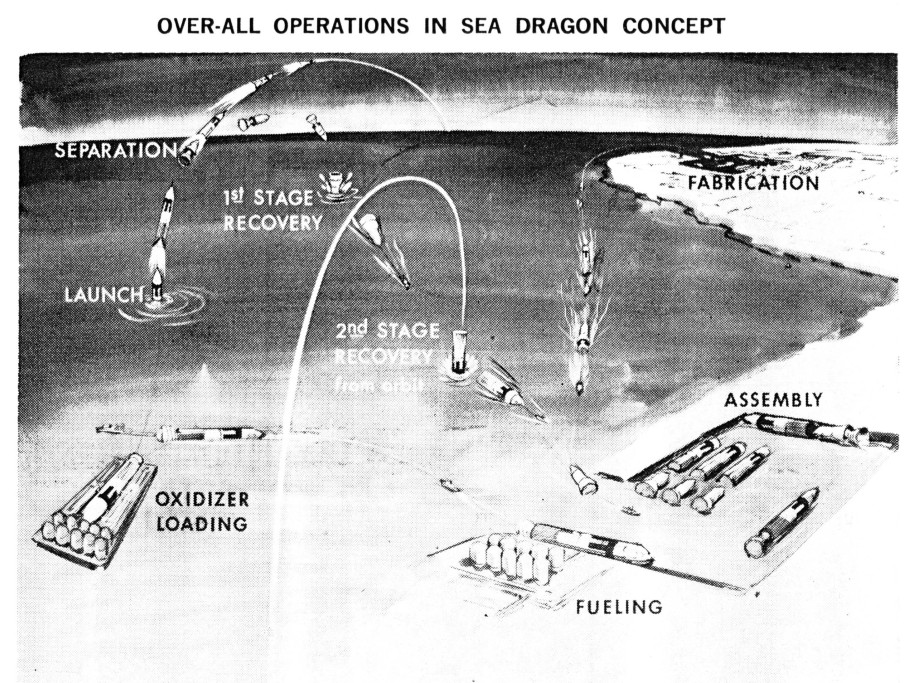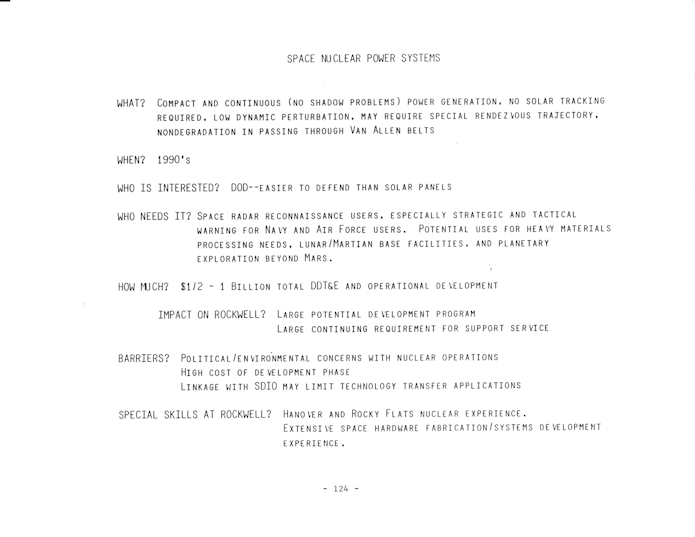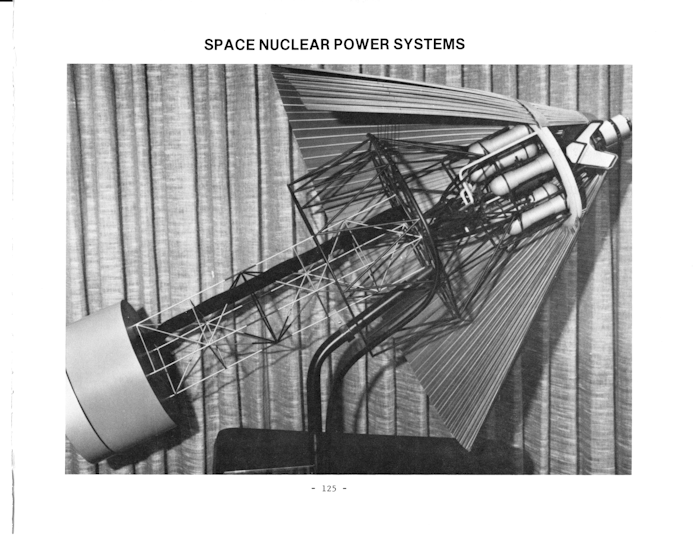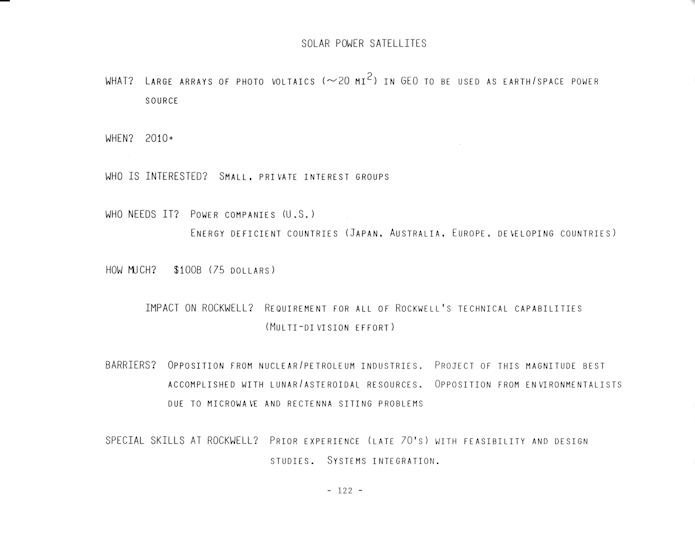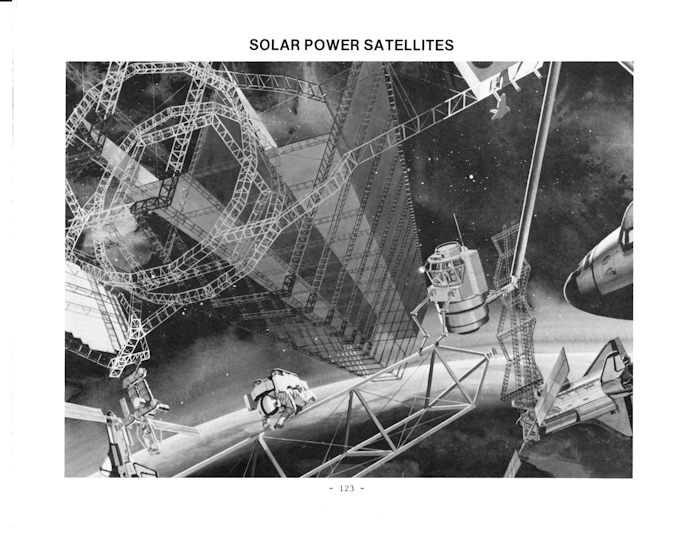The X-34 was the first aerospace project I worked on after graduation. Sadly, one week after I was hired to work on the X-34 the whole program was cancelled. “Welcome to aerospace, kid. Here’s your layoff… last one in, first one out.” Feh. Anyway, Orbital Sc iences proposed two vehicles:
1: The X-34A was a small-ish vehicle carried under the same Lockheed L-1011 jetliner that OSC used to launch the Pegasus. The X-34 needed greater volume than the Pegasus, but since there was limited clearance under the L-1011, the X-34A had a wide lifting body-like fuselage.
2: The X-34B was a larger, better optimized vehicle to be launched from atop a Shuttle-carrying 747.
Both the A and B models had payload bays that would contain an upper stage and an orbital payload. Neither was built (apart from a full scale mockup of the A); after the program was cancelled it came back as the X-34C. the C model *was* built, but it never flew.
